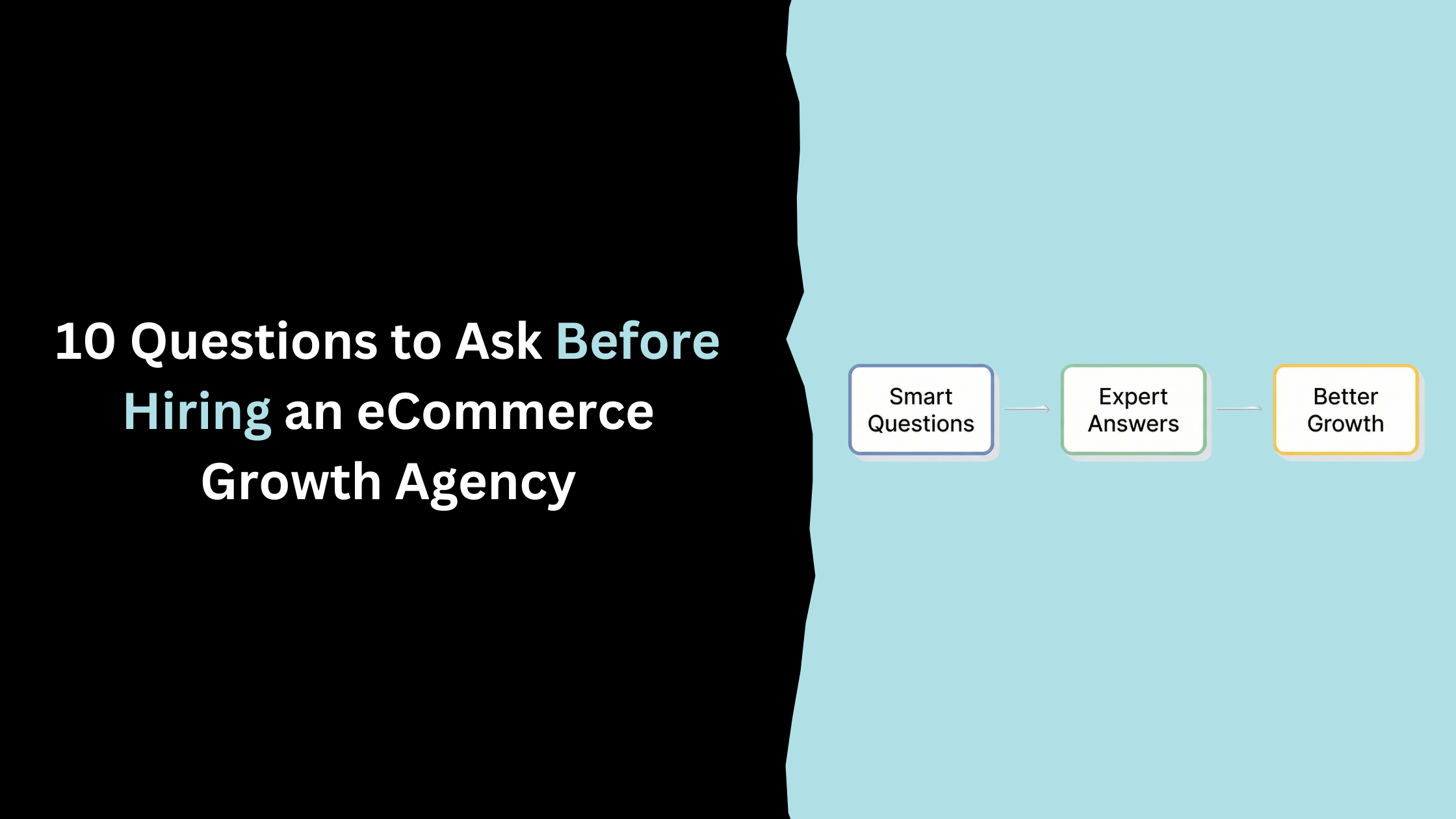Table of Contents
Success comes in all shapes and sizes. However you define success - whether you help deliver higher sales, win new clients or improve your relationship with existing ones, or build a brilliant brand - it doesn’t really matter. Whatever your goals, there are four common denominators for any agency or in-house team that will help to underpin that success.
They are:
1. Well-defined processes
Having all team members understand and keep on top of cyclical tasks ensures that you don’t lose track of the basics.
In digital marketing this might be updating CRM lists for targeting on social media platforms on a weekly basis. For a PR agency, a process might be checking contact details of publishers are up-to-date or holding meetings with internal stakeholders to ‘mine’ for new story angles. If you work in brand marketing, this might involve carrying out periodic market research to understand consumers’ perceptions of your brand.
It’s critical that these processes are well defined so that they are carried out consistently and meticulously and to ensure consistency if staff members fall ill or change. These processes should be briefed to all new staff and marked in everyone’s calendar, and the processes themselves should be reviewed at frequent intervals to ensure they continue to serve their purpose efficiently.
Building new processes successfully is also important and requires strong leadership. A strong leader, when talking about processes, is someone who is able to recognise what those processes need to be, who works with their team to define them, and who has the authority to make sure that the processes are respected and carried out.
2. Efficiency
Poor use of time is one of the biggest downfalls of many marketing teams, but at the same time, it is perhaps the most fundamental asset that can help shape a successful one. At SearchUp, we have all worked both agency and client-side in teams and have seen first-hand how critical an efficient team is to both get things done and deliver results.
There are a number of things we have observed from previous lines of work that we try to avoid in our approach to work as we feel they are counterproductive and a poor use of in-house and/or client’s money:
- Over-reporting should be avoided. Reports should be clear and concise and only delivered when necessary. They should state the key facts and tell a short story. Reports should contain a summary which includes tangible insights that can be actioned. Any information that doesn’t warrant an action can be considered vanity reporting. The phrase ‘quality over quantity’ rings true in marketing when it comes to reporting; time is money, so spend it putting together short, useful reports.
- Have you ever sat in a meeting and asked yourself, “If I take the salary of everyone in this meeting, for the length of time we are sat here, how much is this meeting costing, and are we getting a positive return on this meeting based on the actions produced?” If not, you should probably start doing so. Whilst you won’t know the exact figures (cost and returns), you can still take an educated guess as to whether a meeting is worthwhile.
Meetings should be short and concise, have a clear agenda, and result in actions communicated with all team members present and copying in others who should be aware. Many agencies and in-house teams fall foul of holding meetings for meeting’s sake, where an email or group chat message could produce the same outcome without wasting time.
Marketing leaders can help to set a precedent for efficiency by making rules around meetings. For instance, if someone finds themselves in a meeting and finds that they aren’t taking or adding any value to the meeting, a culture in which they should be able to leave that meeting would be viable.
- Automation is an essential part of efficiency. All marketing branches should be making use of automation and AI in their work to improve efficiency.
AI shouldn’t be viewed as something to be afraid of and shouldn't be deemed a threat to our jobs. At SearchUp, we actively embrace AI, but it doesn’t make us redundant. A successful marketing team will know how to get the most out of AI. Being able to combine human experience and skills with the benefits of AI can lead to exponential gains for you, your company, or your clients’ successes.
Have you ever sat in a meeting and asked yourself, “if I take the salary of everyone in this meeting, for the length of time we are sat here, how much is it costing, and are we getting a positive return on this meeting based the actions produced?” If not, you should probably start doing so.
3. Quality Idea Generation
That same old 15% voucher code or the usual tried and tested targeting method, isn’t really great marketing. At the end of the day, to keep things fresh and exciting for your consumers and business, you need fresh and innovative approaches to marketing. Many brands have failed because they and their competitors all fall on the same homogenous brand, website, and marketing model that offers them no point of differentiation. The UK online fast fashion industry has struggled with this in particular.
Marketers should constantly be trying something new. It may not work, but of ten new ideas, one of them will, and you will find a new and innovative way of hitting your goals.
Ideas don’t have to be unique. They often are, and that’s a bonus, but you may be able to take something that already exists and adapt it. For instance, you may have learnt an approach or technique from a company you worked for previously and introduced it at your current place of work. Alternatively, you could keep tabs on marketing activity occurring abroad, at competitors, or within a different vertical and tailor that to your company and target market.
Quality ideas don’t need to be something that is obvious to the end consumer; they don’t need to be in the mechanics or communication of your proposition. Innovation can be how you approach your overall goal; you may develop a new strategy or find a new market to go after instead.
4. Added Value
Marketers, don’t be a yes-person or a puppet. A successful team should take a brief and issue a ‘reverse brief’, a revised version of that brief back to the client or CEO (or whoever you are hitting goals for) and adapt their brief based on your knowledge of the market, constraints, and other factors that haven’t been considered when they briefed you.
Equally, business leaders need to nurture this culture; CEOs / directors should allow a culture to flourish in which a marketing team is able to push back and influence the brief and approach. After all, marketers are specialists in their field, and they are paying for their brainpower, so they should let them express themselves and utilise their experience and knowledge.
Adding value can be fairly simple. For example, we recently had a new client who wanted to run paid social ads promoting a new type of whisky they were selling ‘across the UK & USA’. We pushed back and advised that nationwide targeting would be pointless if the product was only available in selected parts of those countries, and indeed we were right to do so as it was only available in certain US states. It might also be as simple as recommending alternative marketing channels to those already pursued.
It might also be further reaching. Adding value could involve making business-level recommendations based on your knowledge of the consumers and industry. A good example of this might be recommending that the business take a new strategic approach or do something radical like redesigning their website or restructuring. Radical changes that help improve a business's fortune via more successful marketing might also help other departments such as operations or customer service.
The same goes for day-to-day management of activity, too; a good marketer should always be thinking about the ‘what if we do it this way instead’ or ‘how can I add more value to this campaign I’m setting up’. For example, you may say to yourself, “What if we increased the budget of this campaign by x” or “If this paid media campaign is two days old and isn’t working, we need to STOP and try a new approach, perhaps paid media wasn’t the right channel after all”.
Added value might also be carrying out additional, useful tasks not initially scoped in but which would be useful to the project, such as a piece of analysis or marketing results that produces information that can be used by another department to make key decisions or investments.
In summary, if you nail these four things within your team, we can confidently say from experience that you will nail your marketing and hit (and exceed) your goals.
Have we missed any out? We’d love to hear from you, so let us know.
Get in touch today
complete the form below for an informal chat about your business








